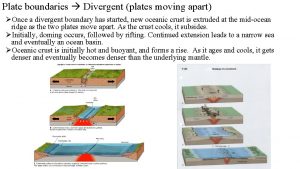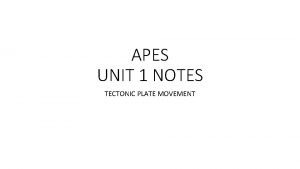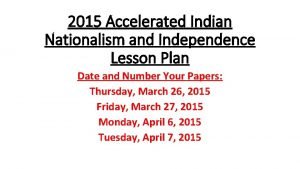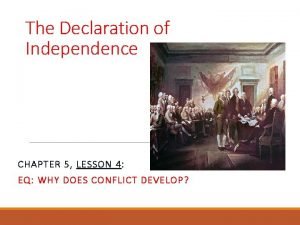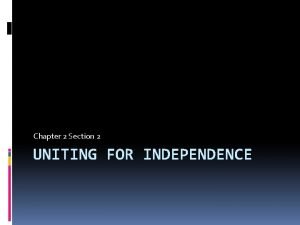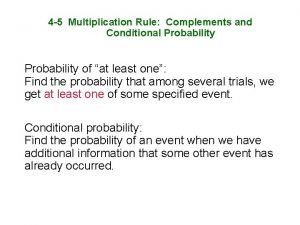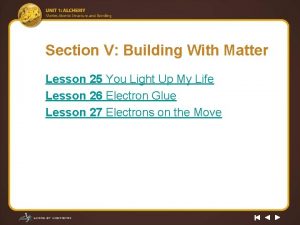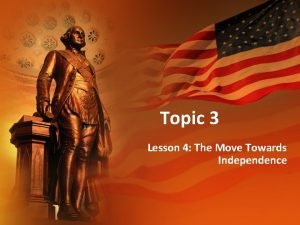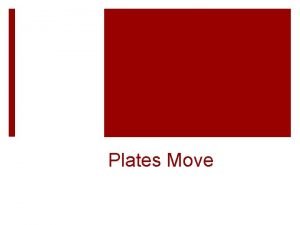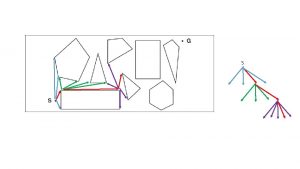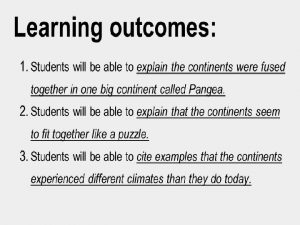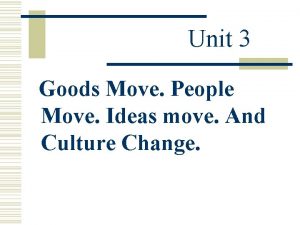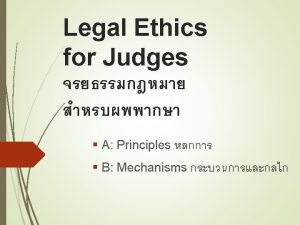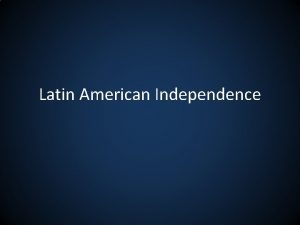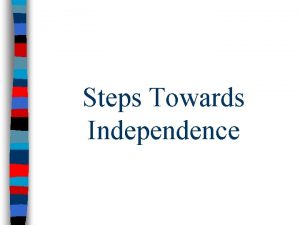Topic 3 Lesson 4 The Move Towards Independence










- Slides: 10

Topic 3 Lesson 4: The Move Towards Independence

Guiding Questions 1. What are the main ideas of the Declaration of Independence? 2. What challenges faced the Continental Army at the beginning of the war? 3. What helped turn the tide of the war?

I. The War Comes to Boston A. June 16, 1775, Colonel William Prescott led 1, 200 minutemen up Bunker Hill across the Charles River in Boston. 1. Patriots could fire down on the British ships. 2. Prescott believed nearby Breed’s Hill would be better and ordered his men there. B. British General William Howe spotted the Americans. 1. Patriots held fire as British advanced 2. British style of fighting worked against them, but they still fought until they won. 3. More than 1, 000 redcoats are dead/wounded but only 400 Americans.

C. First major battle of the Revolution. D. Proved Americans could fight bravely but the British would not be easily defeated.

II. Washington Forces the British out of Boston A. Reaches Boston a few weeks after the Battle of Bunker Hill. B. Worked hard to train raw recruits into soldiers. 1. Challenging because soldiers from differing colonies did not trust one another. C. Jan. 1776 - Cannons from the Green Mountain Boys (Fort Ticonderoga) arrive in Boston. 1. Seeing the cannons, General Howe knew he could not hold Boston and retreats to Canada (took ~1, 000 Loyalists with him). D. King George III ordered a blockade of all colonial ports in response. 1. Also used mercenaries (German soldiers for hire) to fight the colonists.

III. Thomas Paine and Common Sense A. British author living in Philadelphia B. Wrote Common Sense pamphlet after the battles of Lexington and Concord C. Intended to change the colonists’ attitudes toward Britain and the king D. Claimed they did not owe loyalty to George III or any monarch (kings/queens are wrong) E. Did not owe Britain anything (when they had helped colonists, it had been for their own profit) F. Played an important role in moving toward revolution.

“In England, a King hath little more to do than make war and give away [jobs]; which in plain terms, is to impoverish the nation. …Of more worth is one honest man to society and in the sight of God, than all the crowned ruffians that ever lived. ” - Thomas Paine, Common Sense, 1776

IV. Steps Towards Independence A. June 1776, Richard Henry Lee (VA) introduced a resolution in favor of independence. B. No turning back once declaring independence. C. If the British caught them, they’d be hung as traitors. D. Appointed a committee to draft a formal declaration of independence (Committee members included John Adams, Benjamin Franklin, Thomas Jefferson, Robert Livingston, and Roger Sherman) 1. Asked Jefferson to write the document. 2. Late June, document was completed and read to Congress. 3. Adopted the document on July 4, 1776. 4. Copies were distributed throughout colonies.

V. The Declaration of Independence A. Consists of a preamble (intro), followed by 3 main parts. 1. First section is based on the idea of unalienable (natural) rights that cannot be taken away by the gov’t. 2. Second section is about the grievances (problems/wrongs) the colonists had with Britain. 3. Third section announces that the colonies are the United States of America and separate from Britain.

VI. Challenges of the Continental Army A. Britain had far more troops and sailors and all were well-trained/organized. B. No navy. C. Harsh conditions led to many desertions. (cold winter, lack of supplies/clothing) D. Battles of Trenton and Princeton gave Continental Army hope of winning. E. Battle of Saratoga- turning point in the war. Convinced France to become an ally.
 Towards independence commerce
Towards independence commerce Plates that move towards each other
Plates that move towards each other Plates that move towards each other
Plates that move towards each other Sport winners move backwards and losers move forward
Sport winners move backwards and losers move forward A clincher sentence is
A clincher sentence is Narrow
Narrow Nationalism in europe lesson plan
Nationalism in europe lesson plan Declaration of independence sections
Declaration of independence sections Lesson 2 uniting for independence answer key
Lesson 2 uniting for independence answer key Conditional probability complement
Conditional probability complement Lesson 27 electrons on the move answers
Lesson 27 electrons on the move answers

